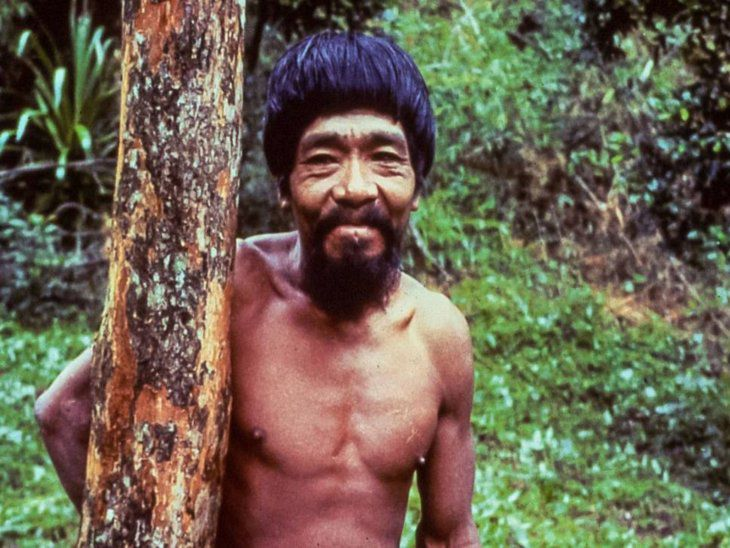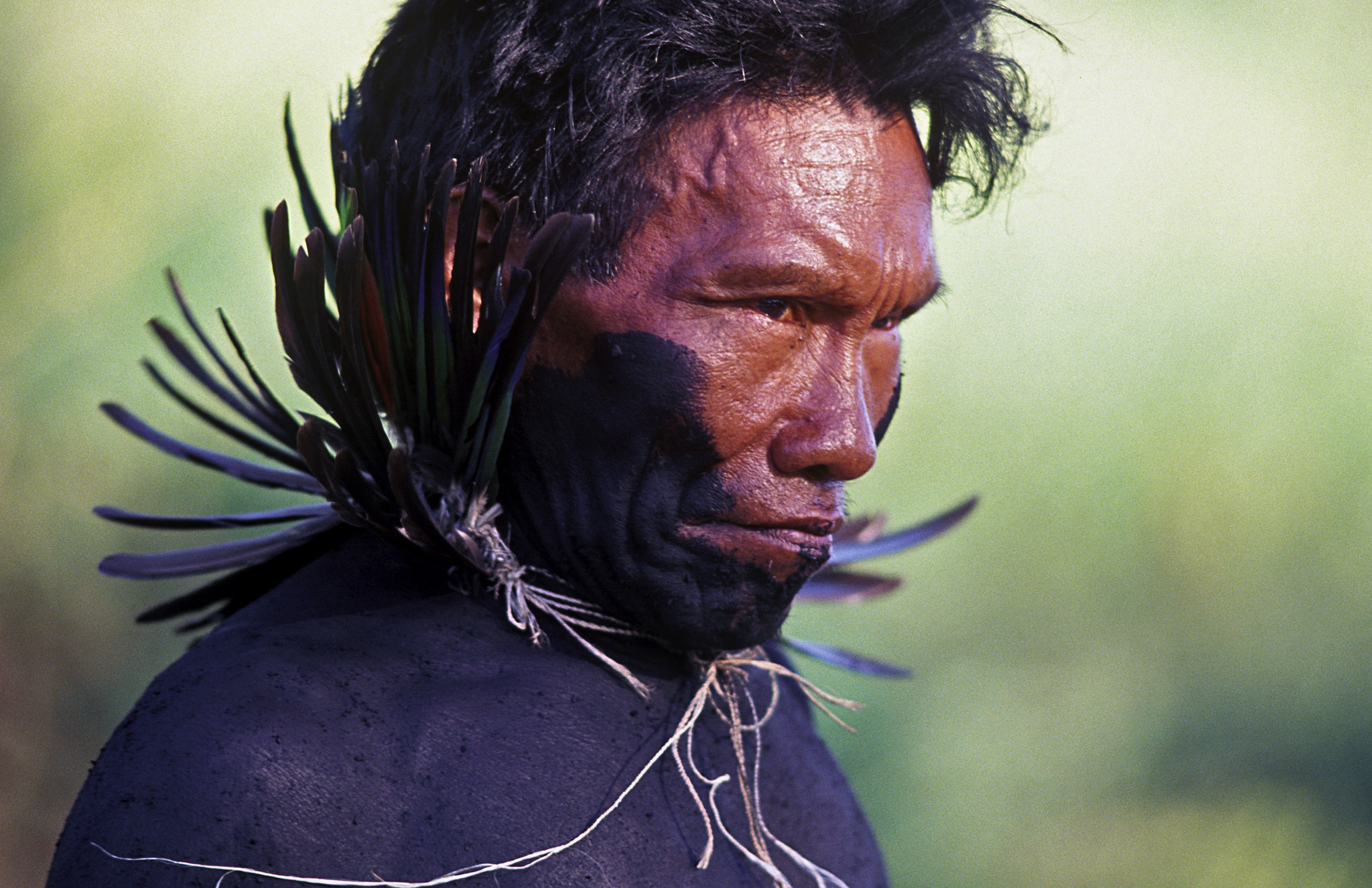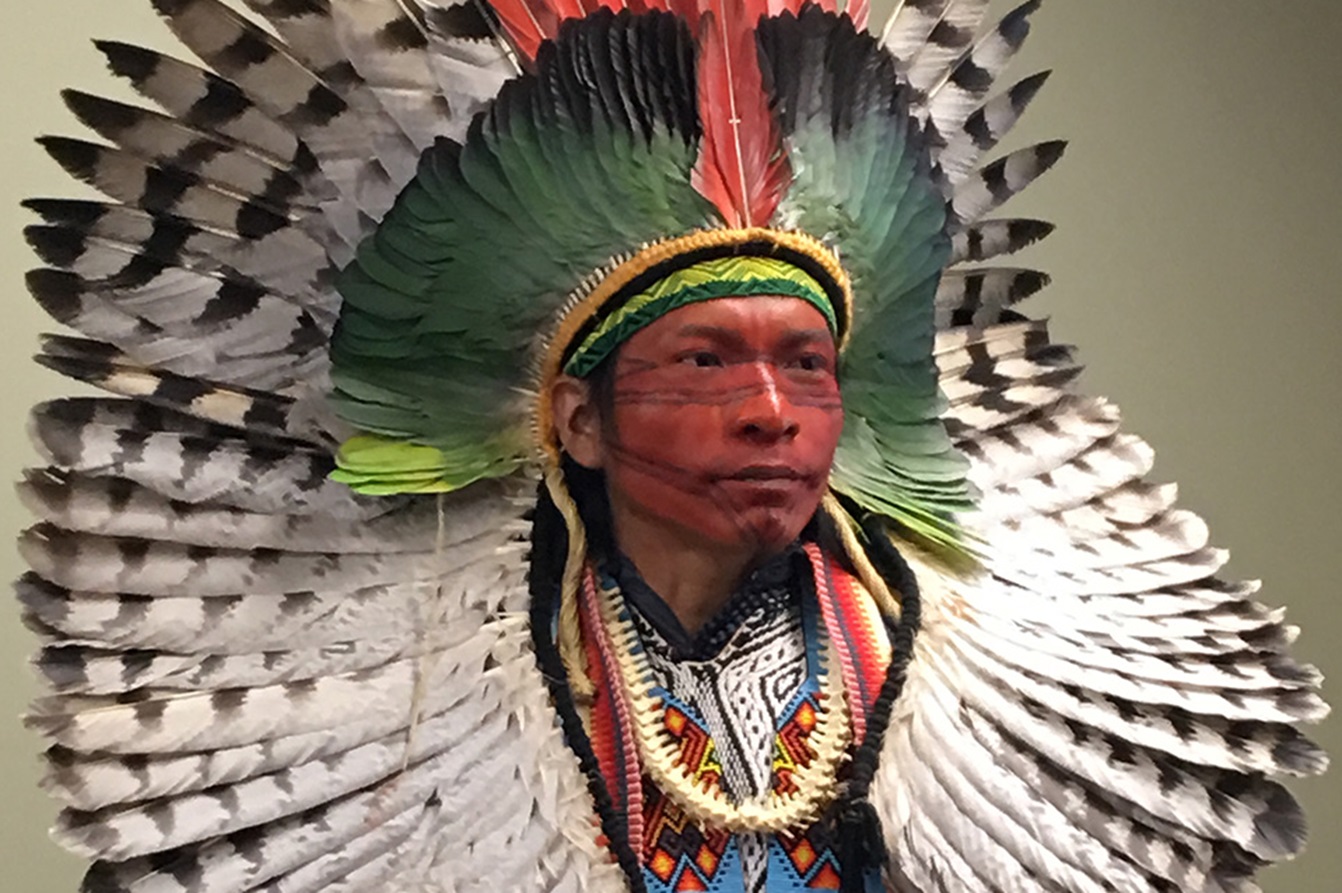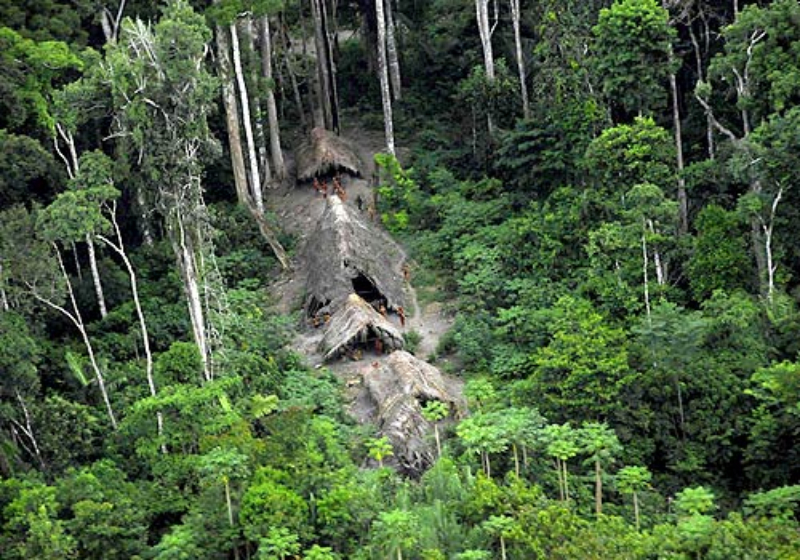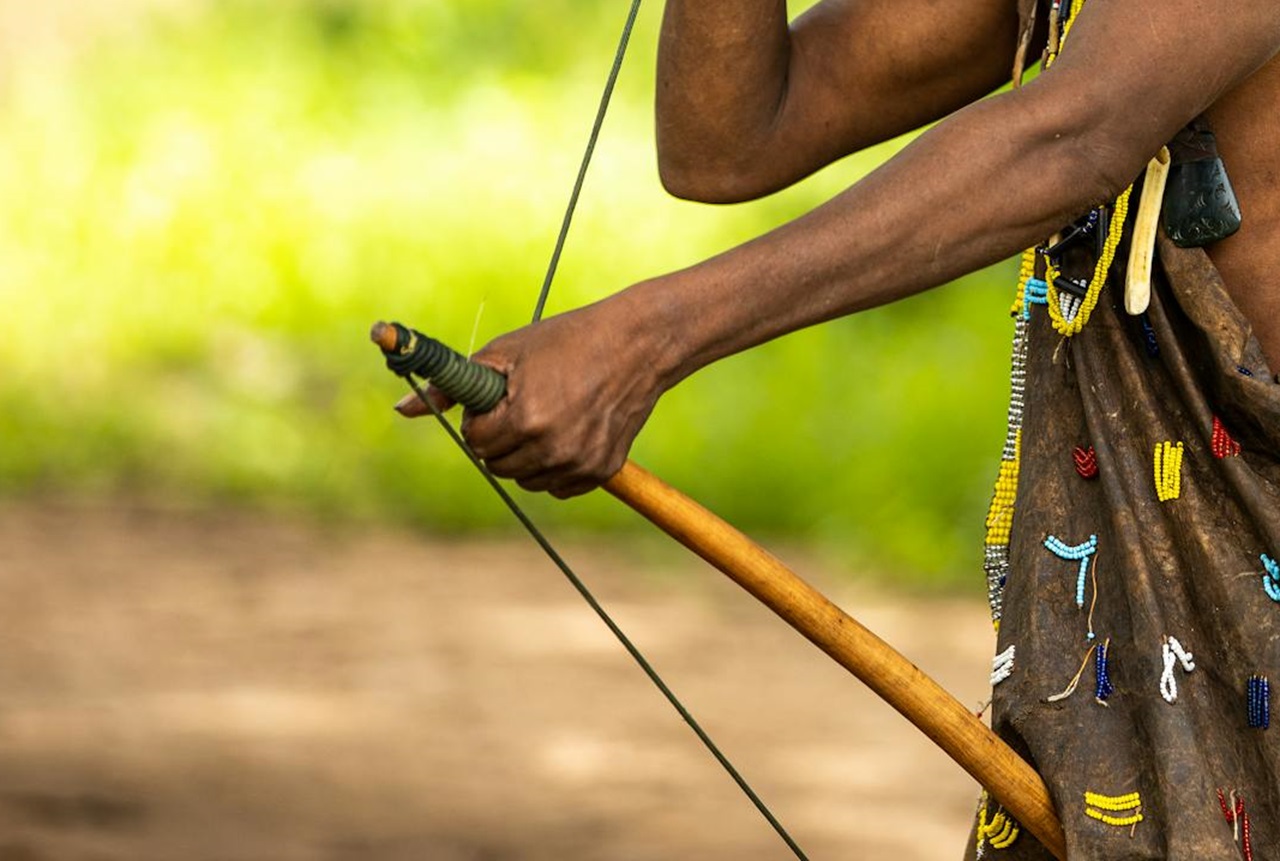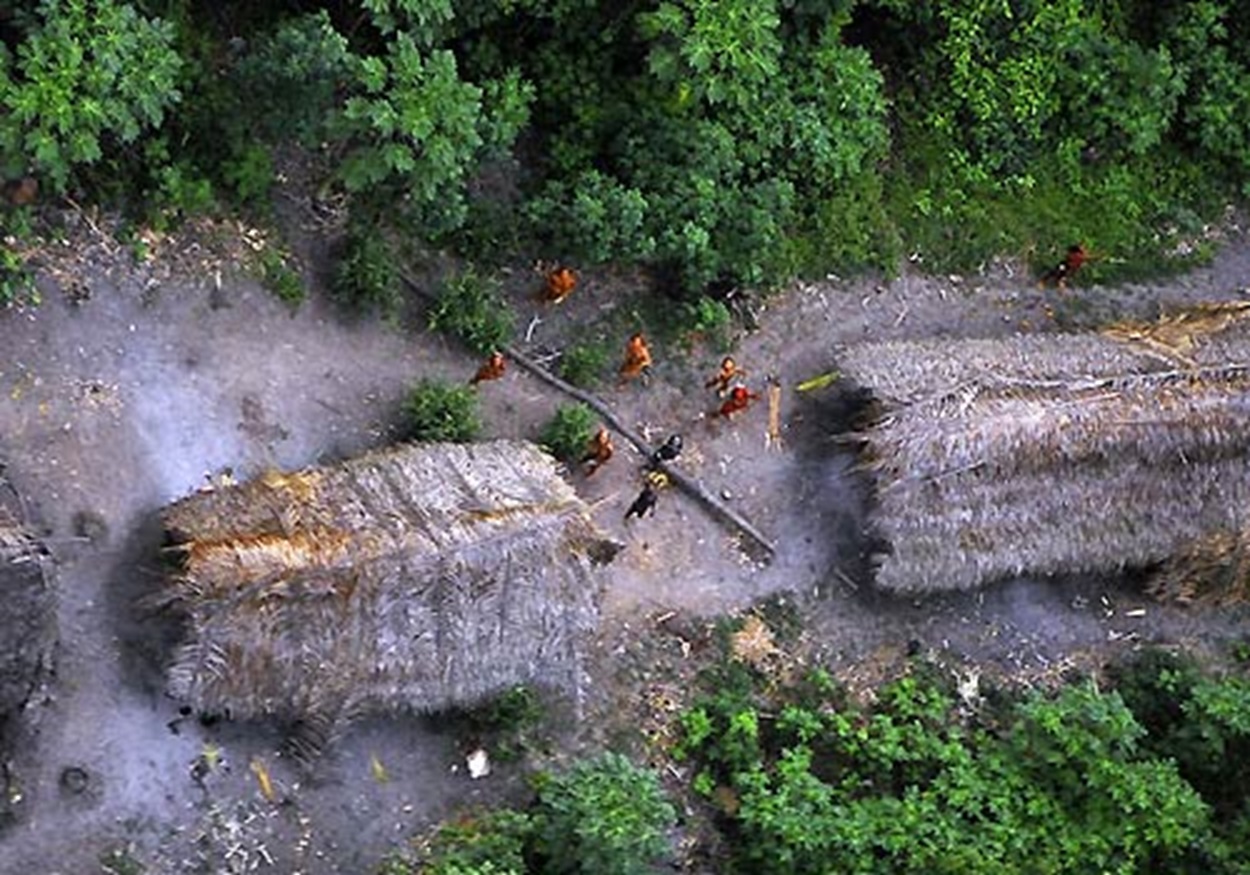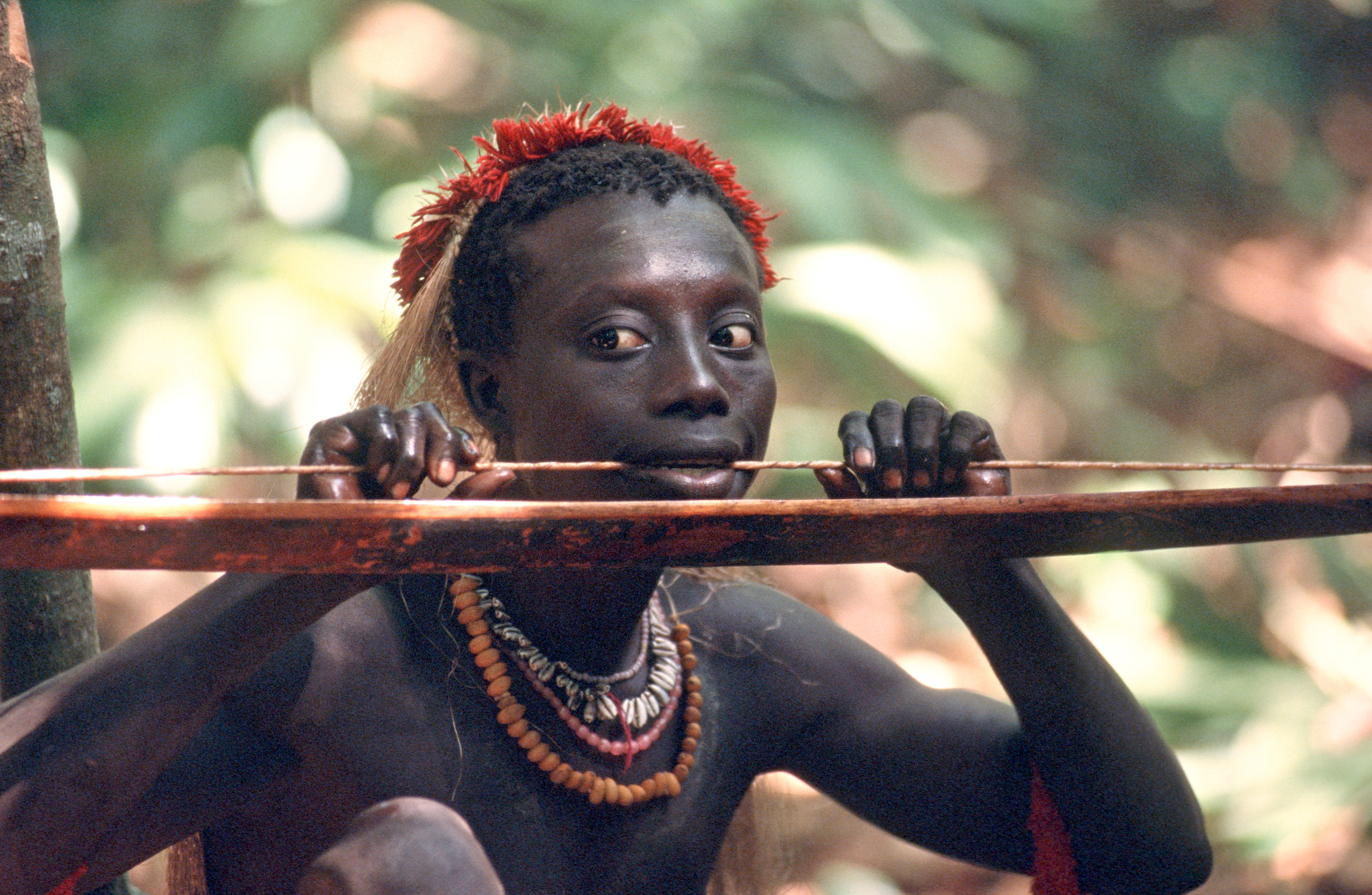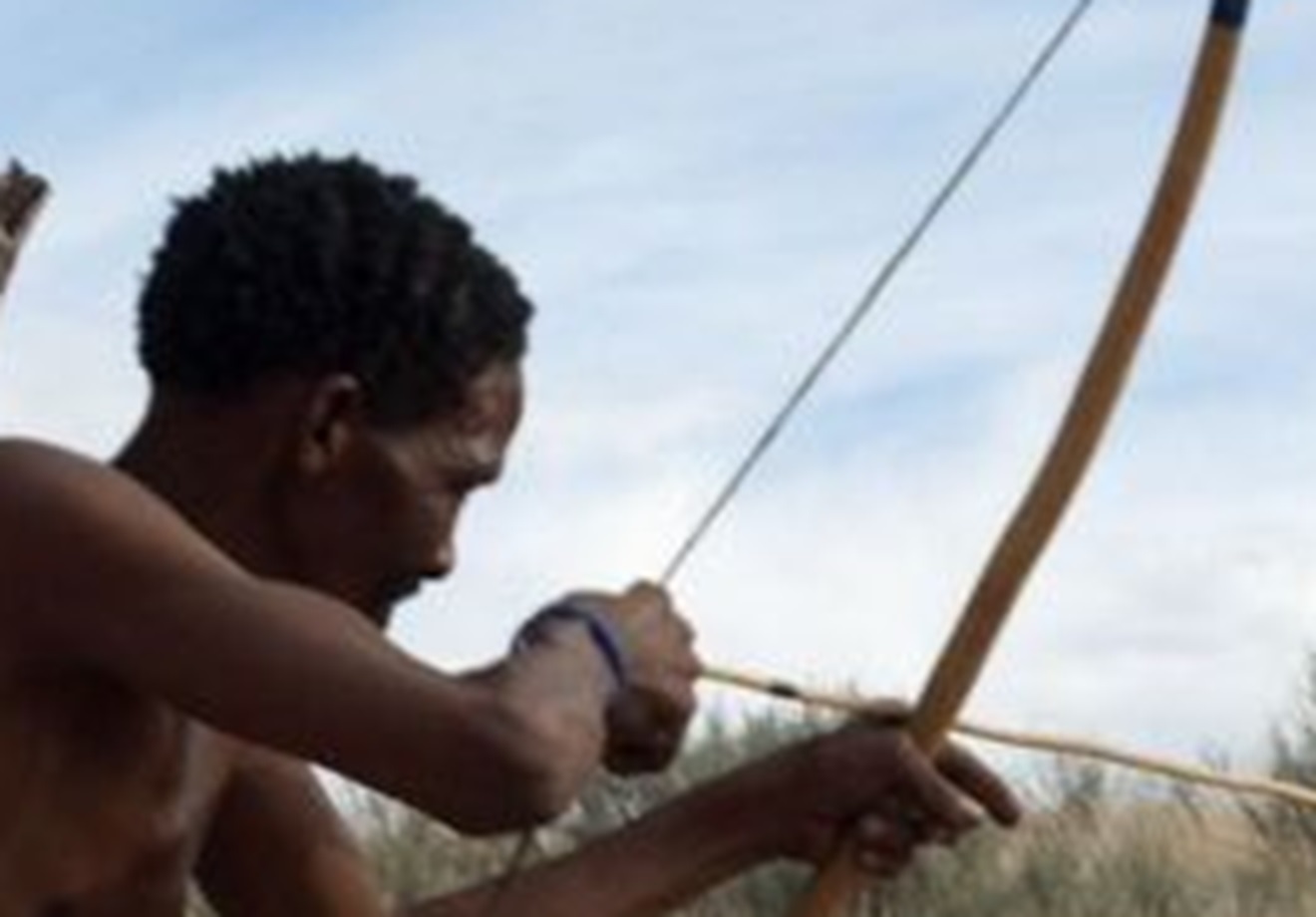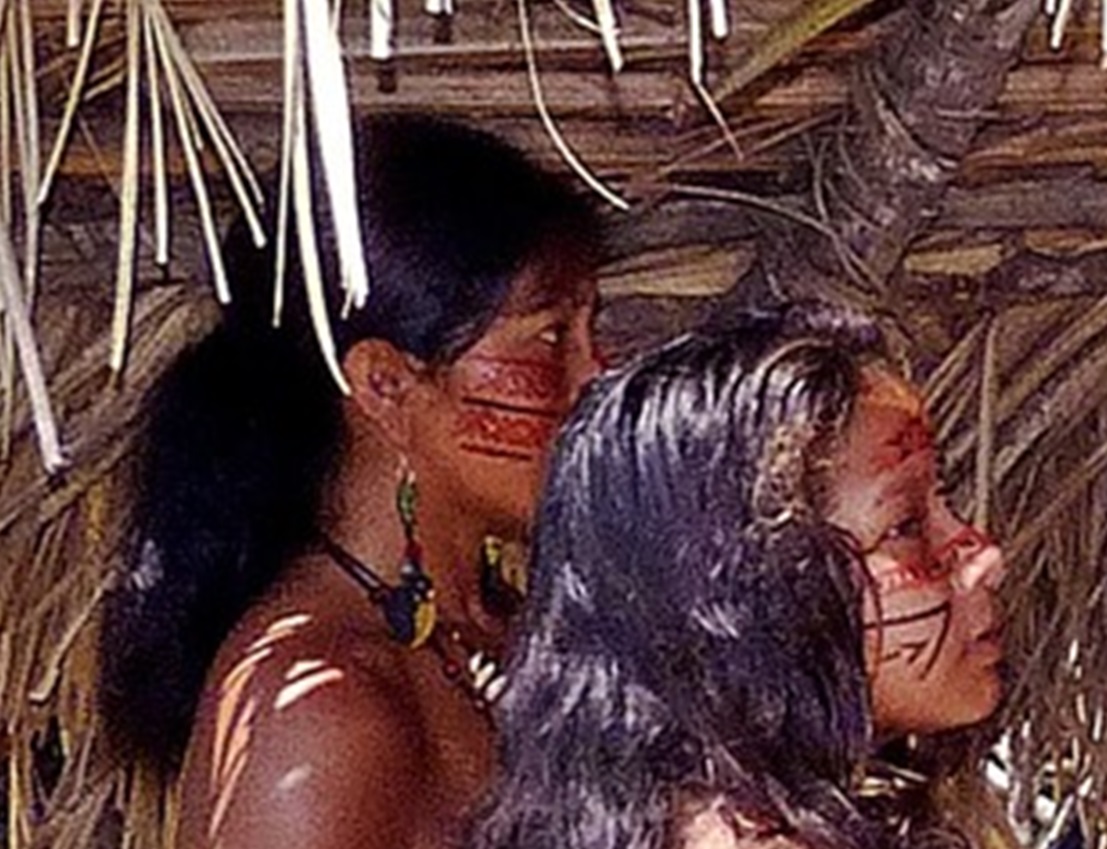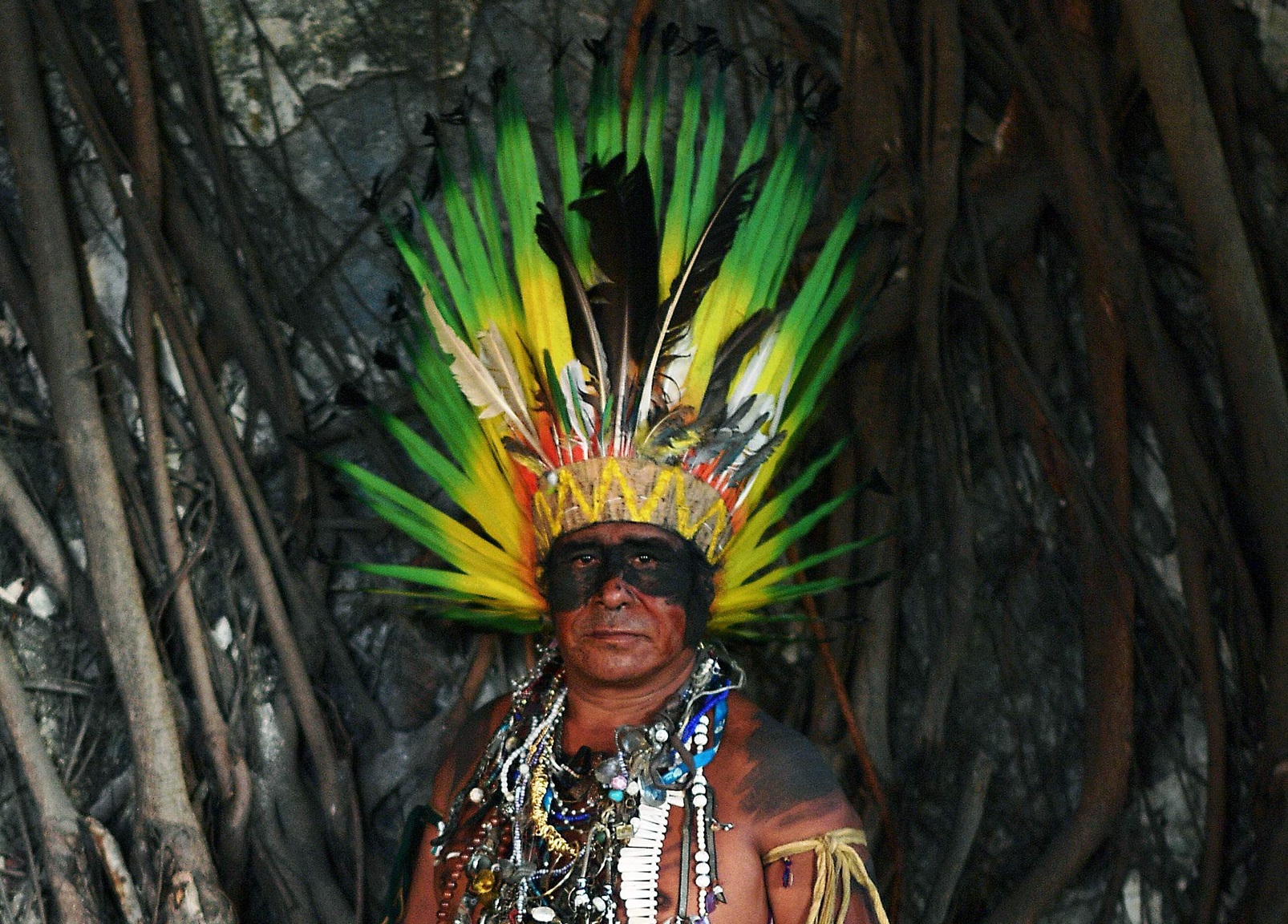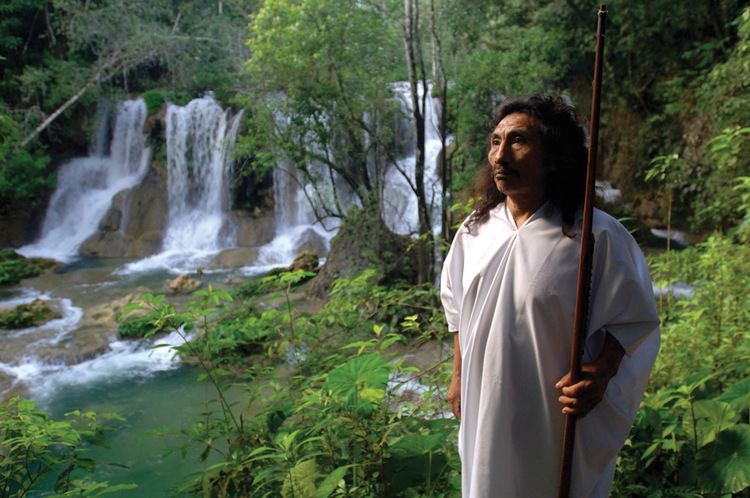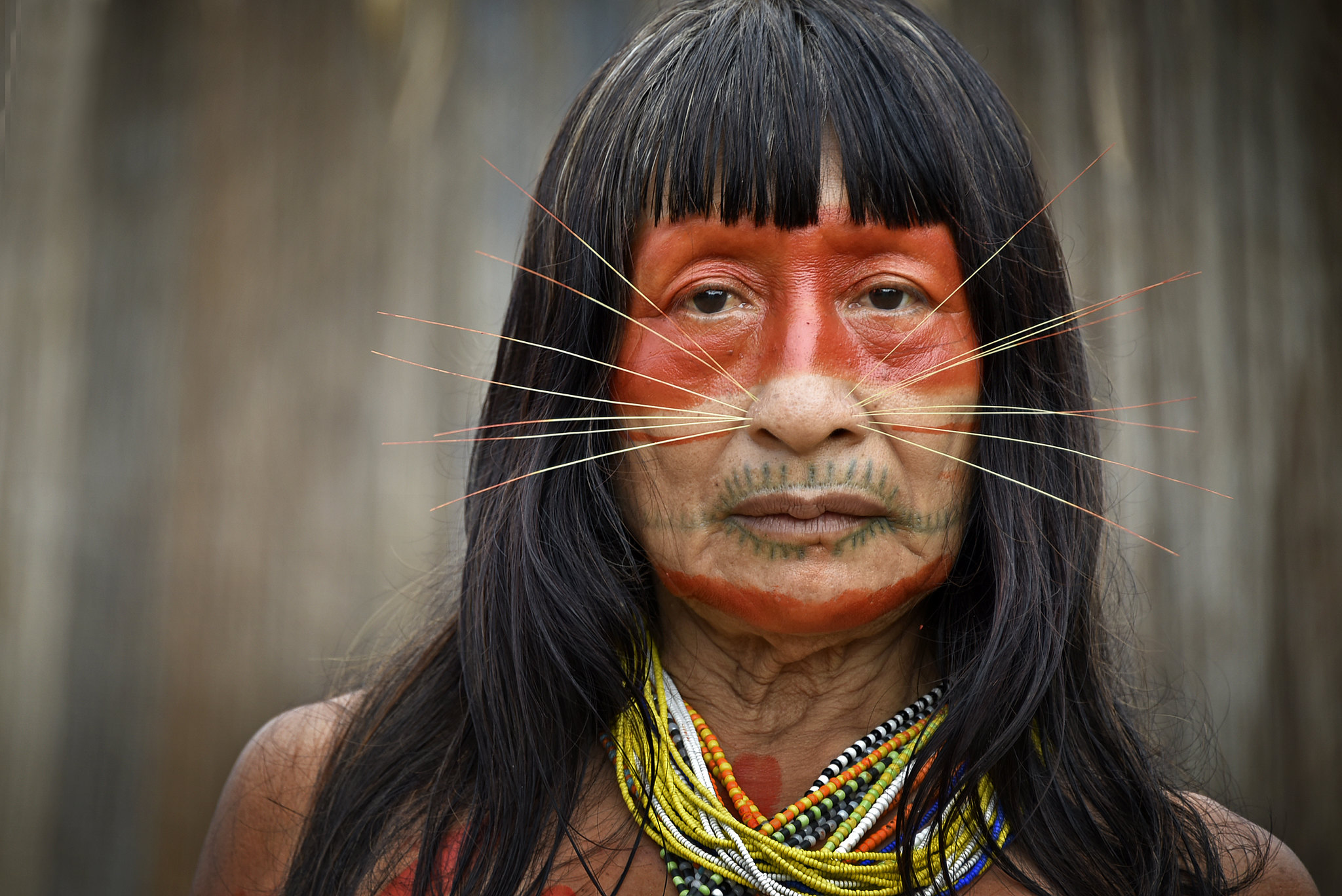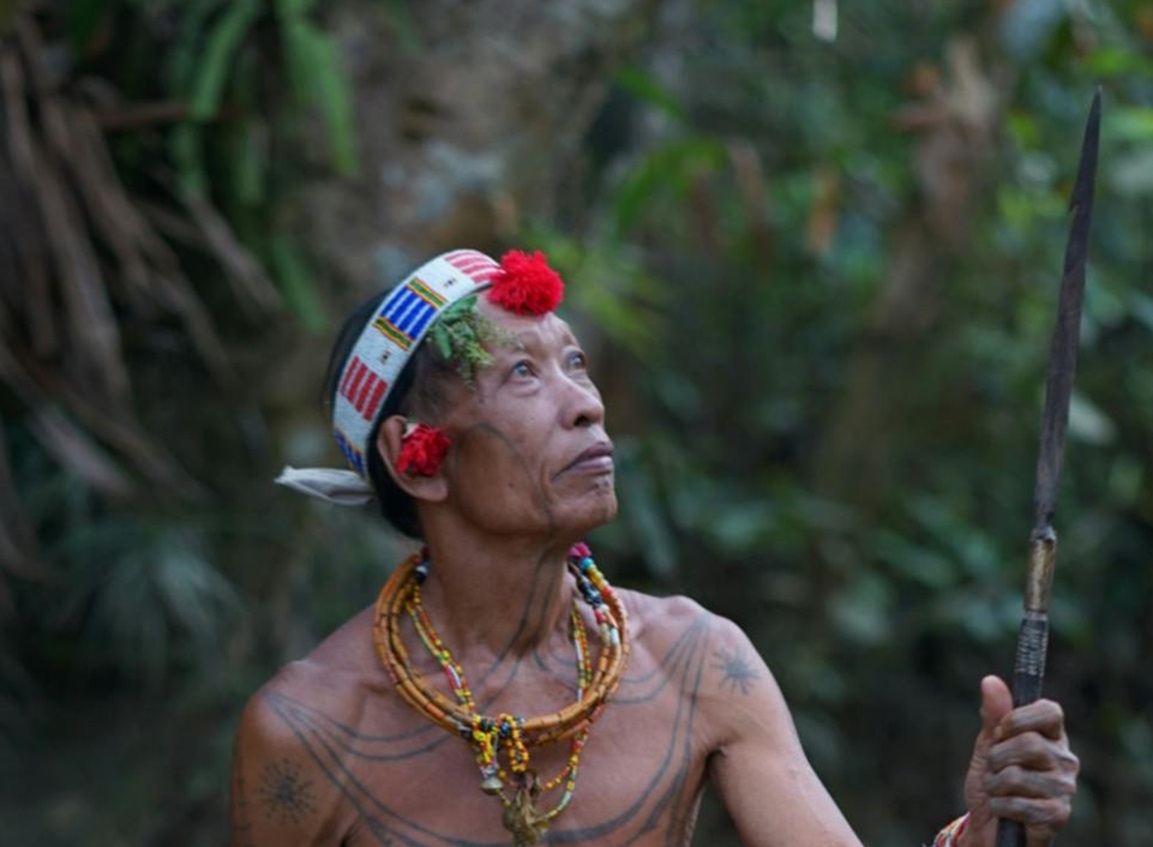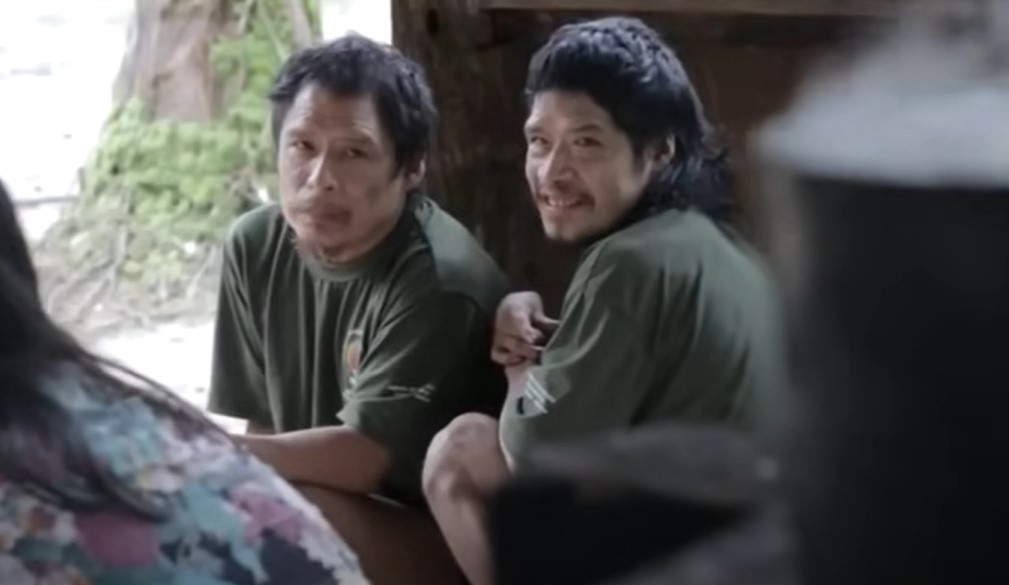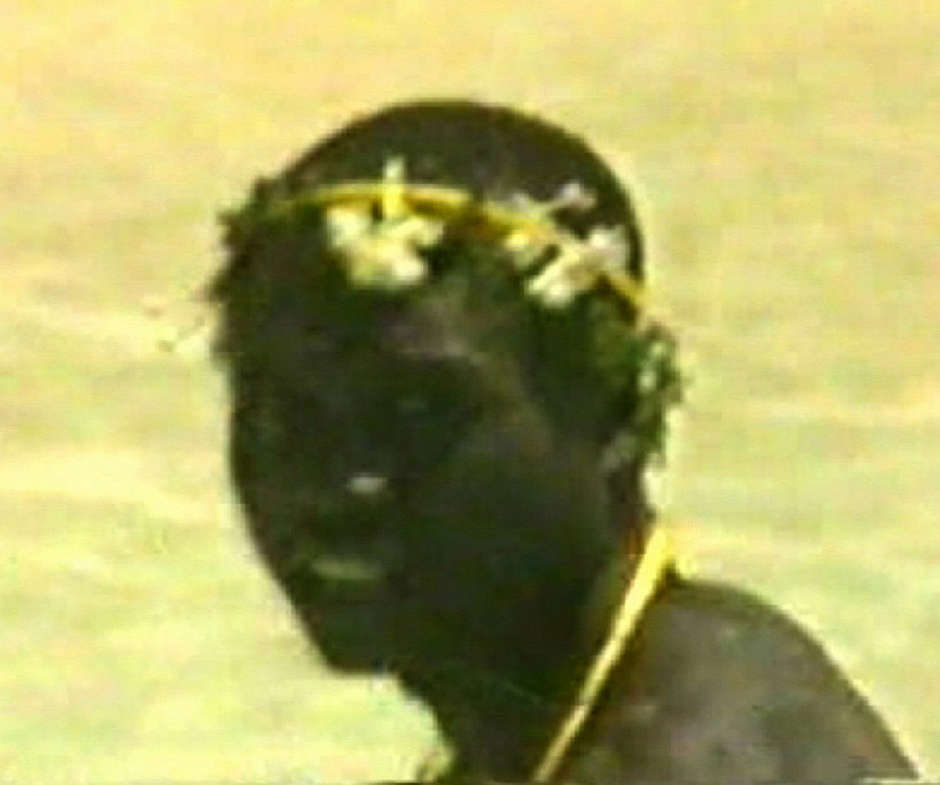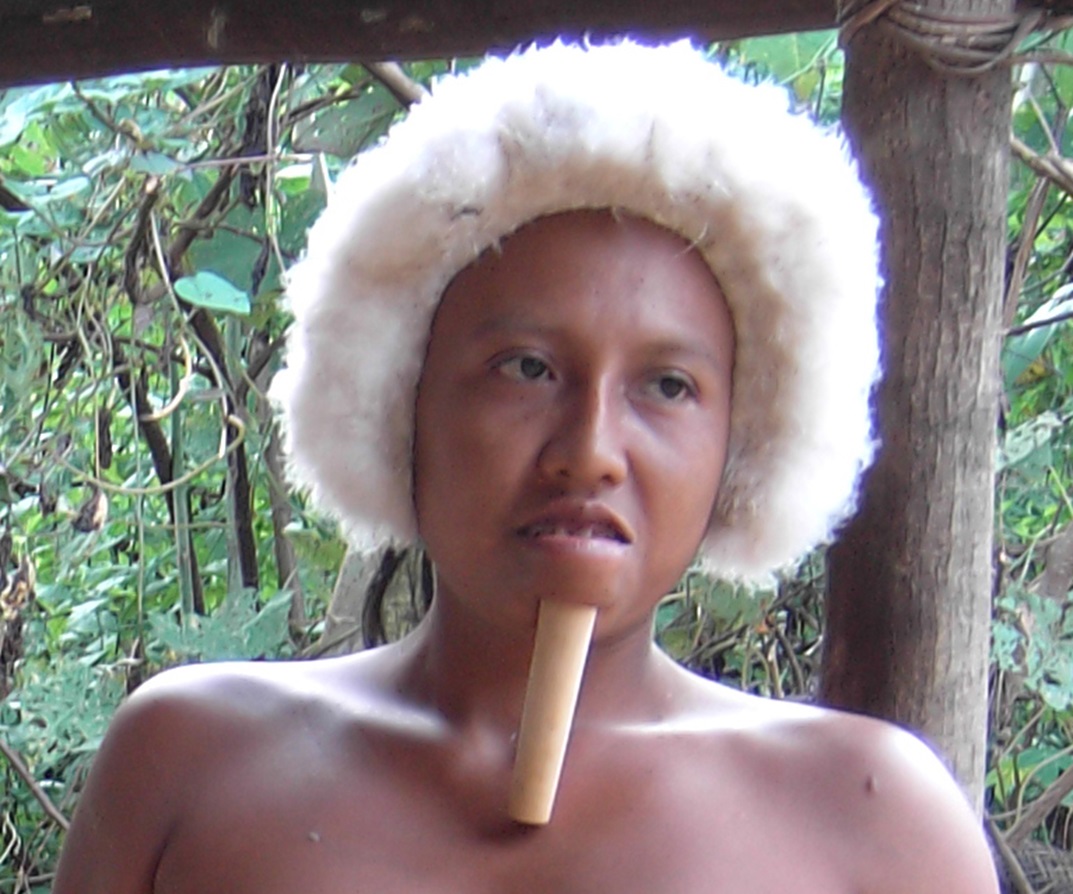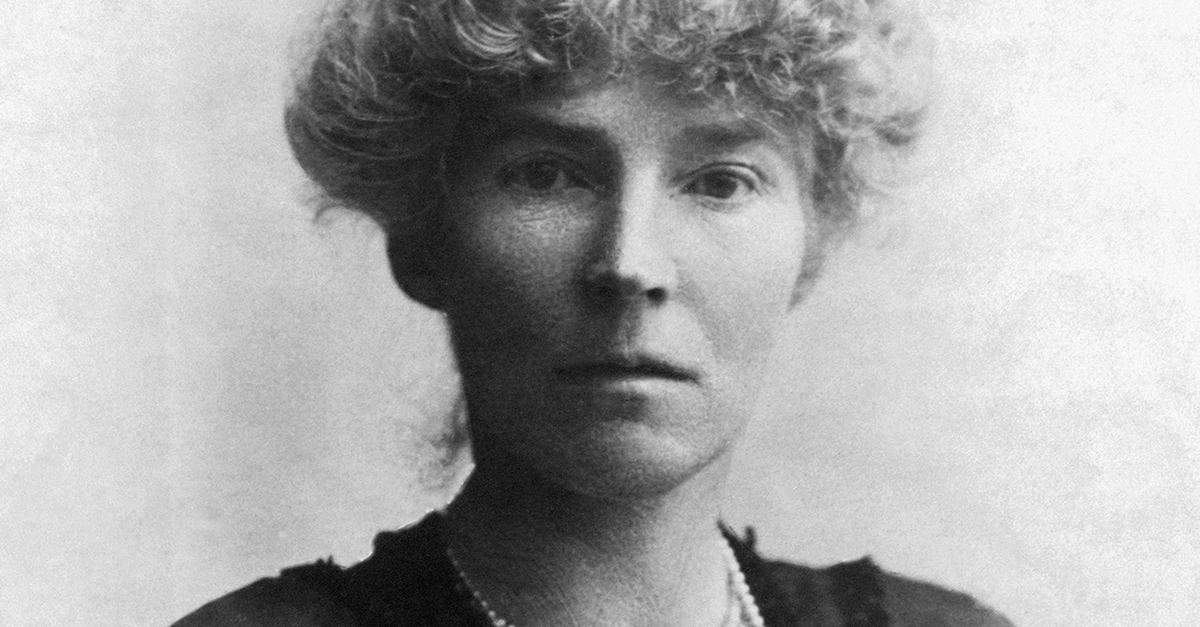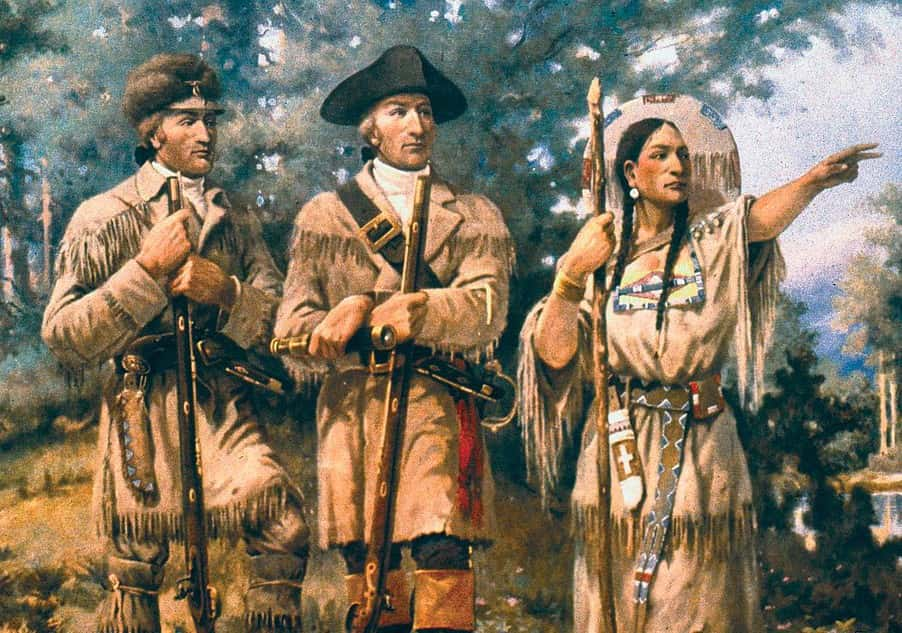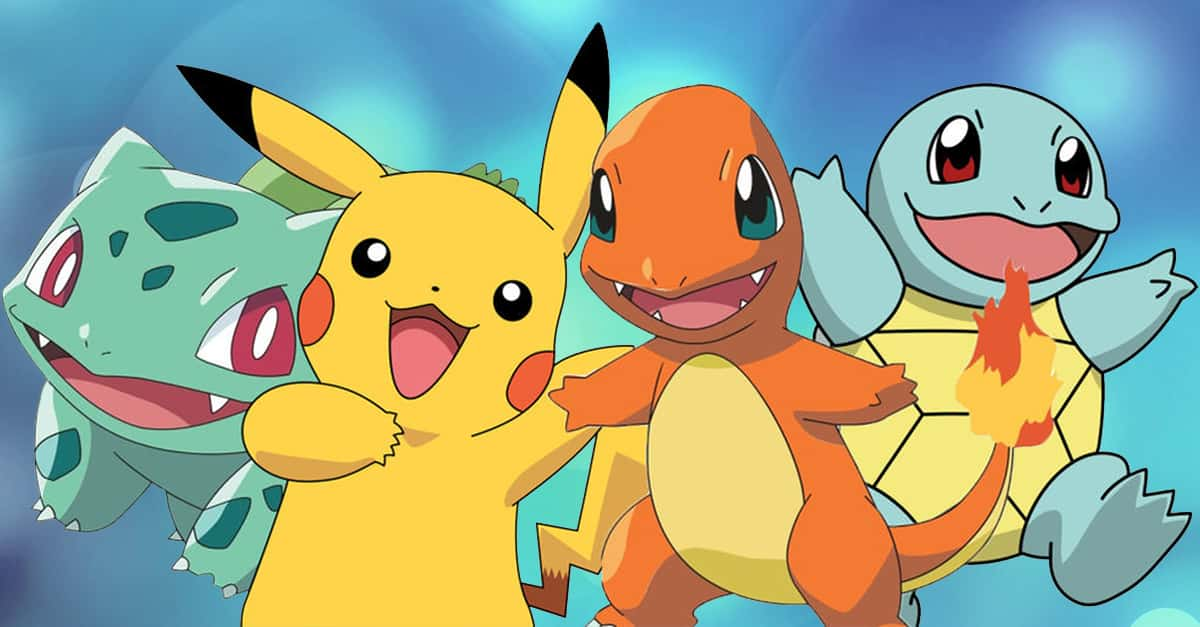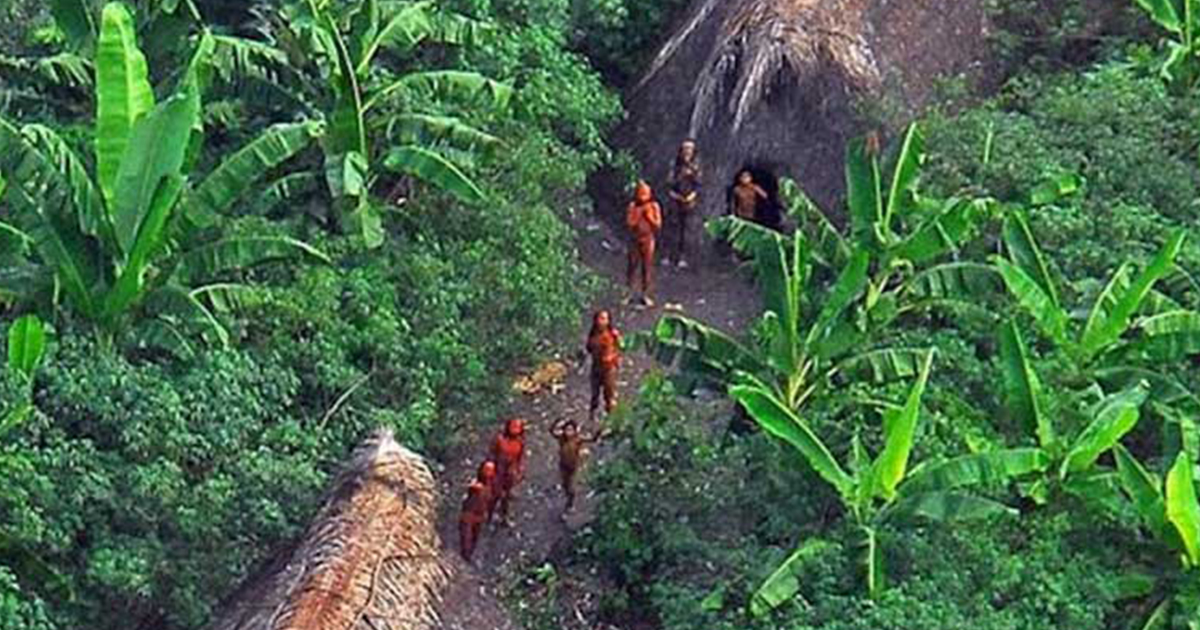No outsiders allowed
Uncontacted tribes are native groups secluded from modern society in isolated areas. They are protected by regulations to preserve their cultures and well-being. Many of them choose to live in isolation and do not want visitors, which is why they are so shrouded in mystery. Read on to learn more about the world's most remote communities.

Aché
The Aché people were small nomadic groups living in eastern Paraguay before the 1960s. They are known for having very unique tribal rituals. For example, Both genders also participate in scarification rituals, and death rituals are performed habitually to ward off evil spirits. Some tribes even practice funerary cannibalism, with the belongings of the deceased burned during funeral ceremonies.
Awá
The Awá are skilled hunter-gatherers living in northeastern Brazil who use shotguns or bows for hunting. They have deep knowledge of the forest, consuming animals only in certain seasons to protect sustainability.
They avoid eating bats due to religious beliefs, and they care for monkey pets like family. Unfortunately, illegal ranchers pose a threat as they abuse their resources and destroy their land.
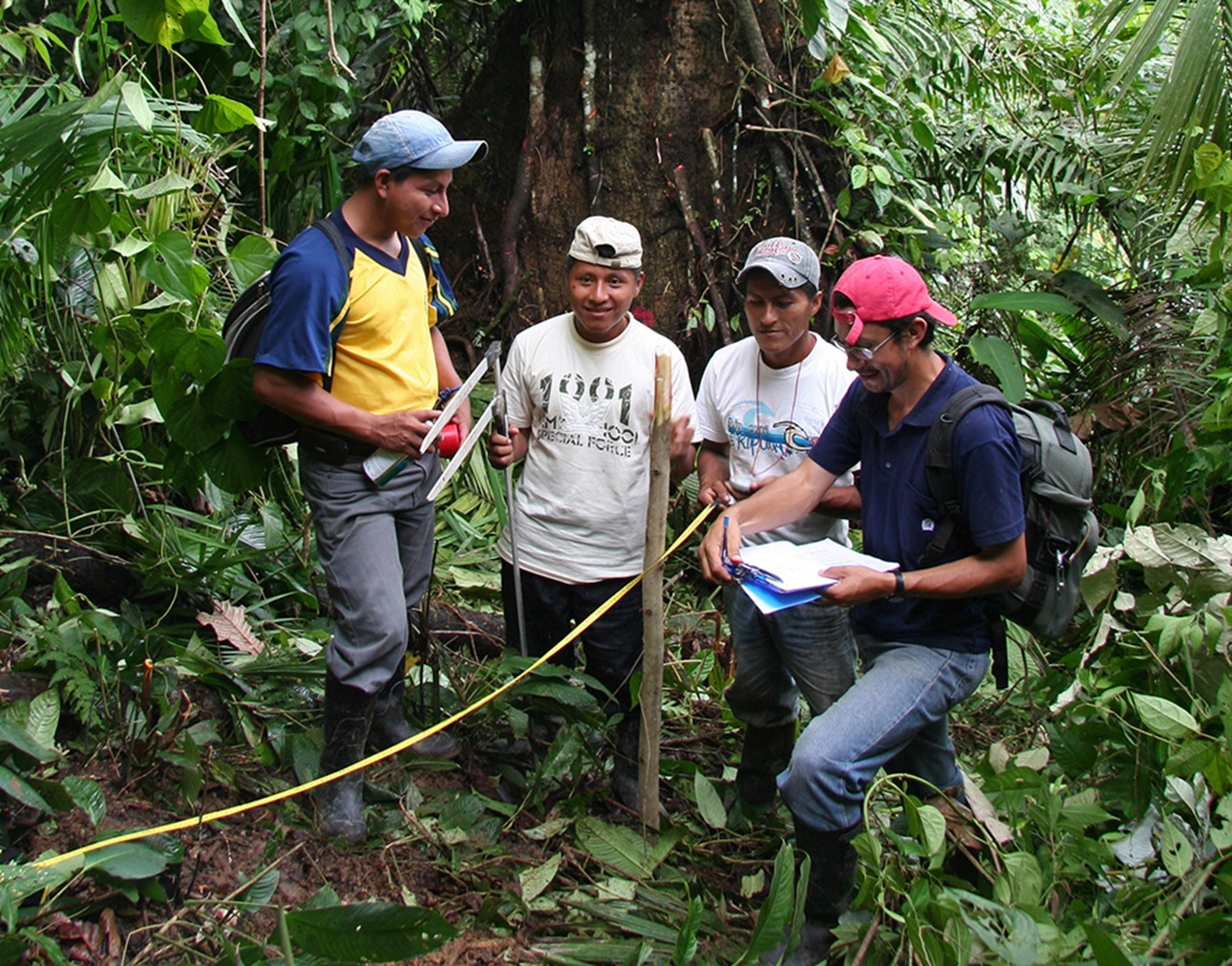 Klaus Schenck, CC-BY-SA-3.0, Wikimedia Commons
Klaus Schenck, CC-BY-SA-3.0, Wikimedia Commons
Ayoreo
The Ayoreo live mainly in the central Chaco region, with a population of 5,000 in Paraguay and Bolivia. They are divided into subgroups, and some are unfriendly towards each other. Recent tensions between Protestant Evangelicals and Roman Catholics have worsened this animosity.
The Totobiegosode subgroup of the Ayoreo faced hardships after forced relocations, and they have consistently struggled with a lack of essential resources and illnesses. They are currently fighting for official recognition of their land rights.
Cacataibo
The Cacataibo are native peoples residing in the central Peruvian rainforest, specifically in the river basins of Aguaytía, San Alejandro and Zungaruyacu. Around 7,000 Cacataibo individuals reside in communities that have either obtained legal ownership or are currently undergoing the land titling process.
However, there are still many Cacataibo individuals who choose to live in isolation, commonly known as "Camanos," among the Cordillera Azul mountain range.
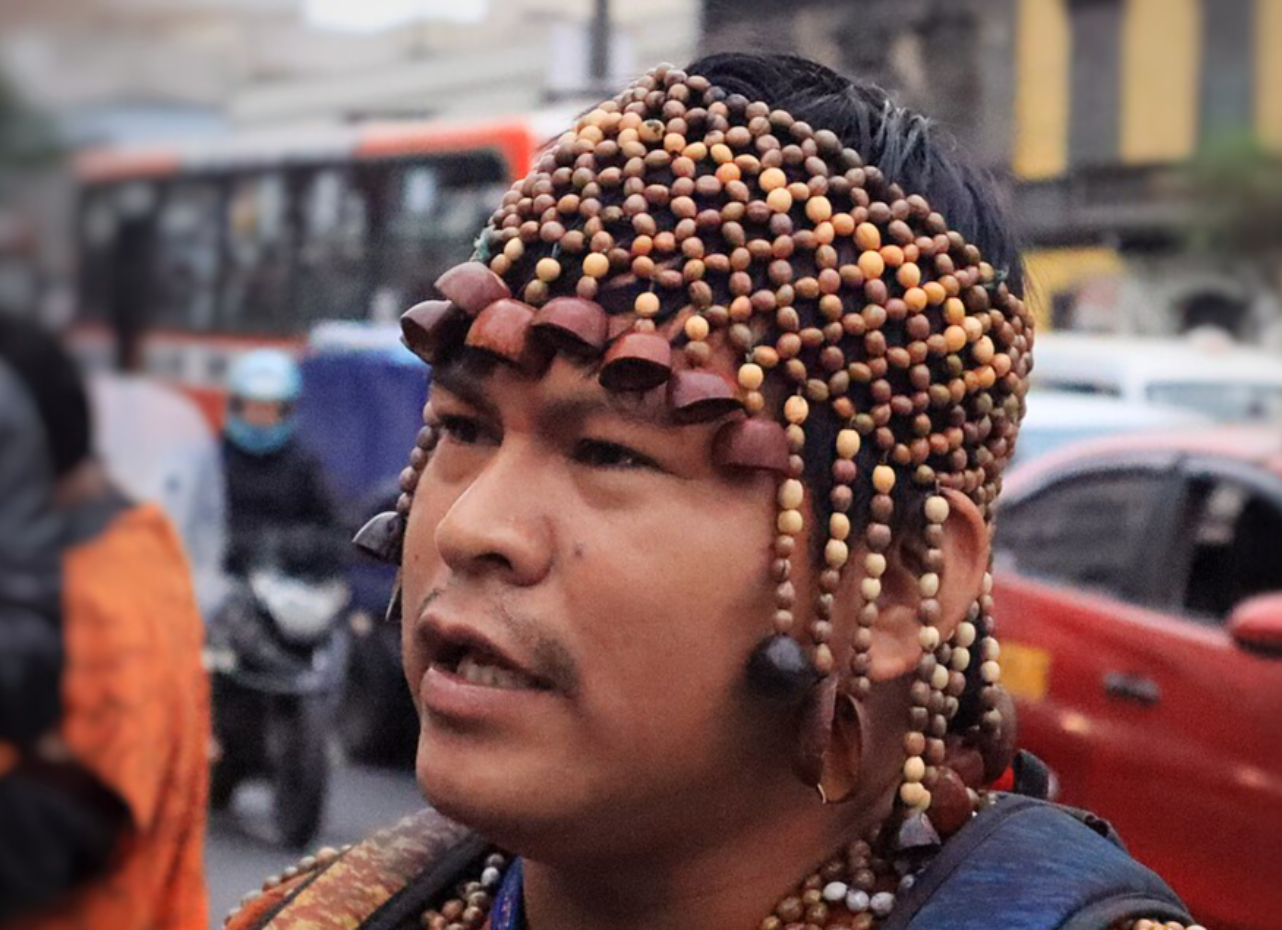 Aytana Avila, CC-BY-SA-4.0, Wikimedia Commons
Aytana Avila, CC-BY-SA-4.0, Wikimedia Commons
Carabayo
The Carabayo, also known as Aroje, resides in Rio Puré National Park in southeastern Colombia within the Colombian Amazon jungle near Brazil. They live in secure surroundings in long-shaped dwellings and communicate in the Carabayo language.
Interactions with outsiders in the past have caused violent clashes, leading to their isolation from nearby communities. Recently, the Colombian government granted permission for the Carabayo to live in isolation and protect their traditional lands.
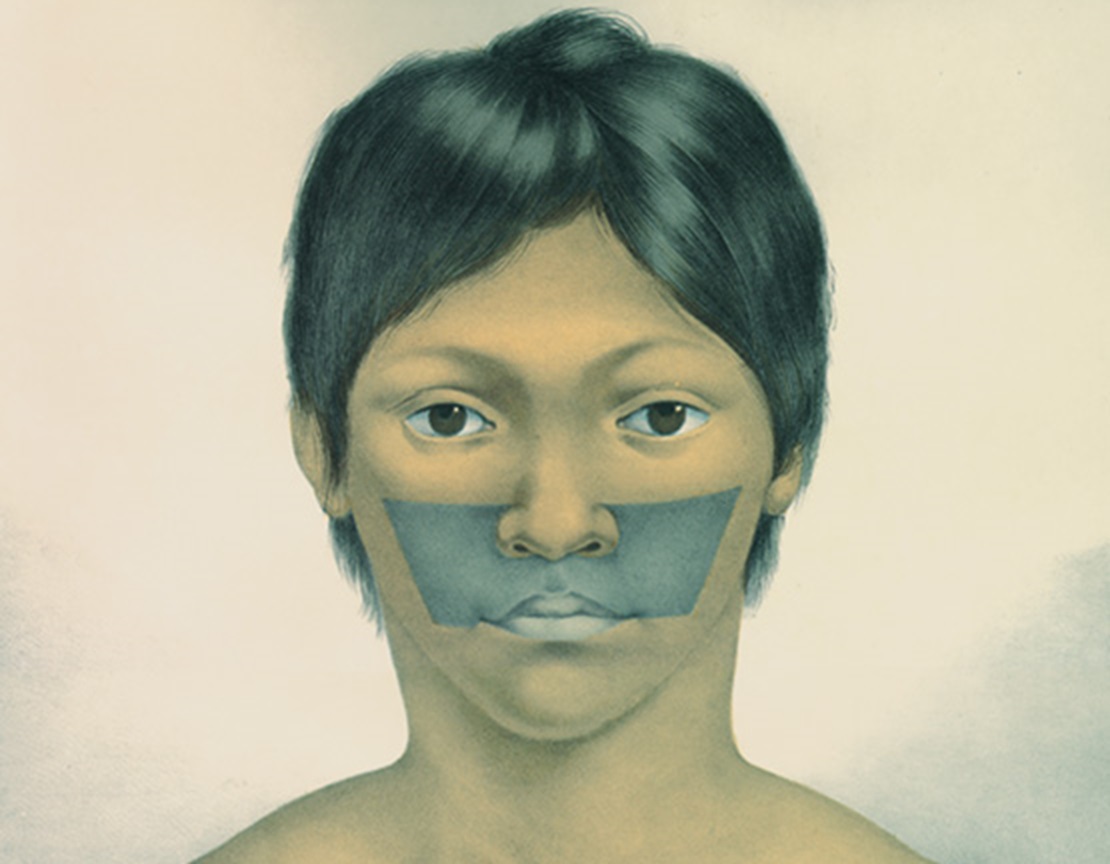 Johann Baptist von Spix, Wikimedia Commons
Johann Baptist von Spix, Wikimedia Commons
Cashinahua
The Cashinahua people live along various rivers in Peru and Brazil. Families are the main economic unit, while villages serve as social and political units. Conflict with rubber workers led to their relocation to the Curanja River, where they lived in isolation until interacting with traders for axes and machetes. Dsapproval of the traders' behavior led to tension between the Cashinahua and outsiders.
Chitonahua
The Chitonahua are a secluded indigenous group in the Peruvian Amazon known for hunting, fishing, and gathering in the rainforest. Their Panoan language affiliation and traditional lifestyle are preserved by conservationists and indigenous rights groups due to their limited contact with the outside world.
Previous run-ins with outsiders have exposed them to risks such as disease and resource exploitation, so many efforts are focused on safeguarding their health and land.
Fleicheros
The Fleicheros are also known as the "arrow people." They are a mysterious tribe in Brazil's Javari Valley that is so isolated, their language and ethnicity are unknown. They are skilled bow hunters and and will shoot poison arrows at intruders.
In recent years, the Brazilian government has reduced funding for organizations protecting uncontacted tribes, leading to tragic outcomes like the murder of members of the Fleicheros by illegal miners.
Hi-Merima
The Hi-Merima are a native group living near the Pinhuã River in the Amazonas state of Brazil. Their population, estimated at over 1,000 in 1943, is mainly isolated and uncontacted, and they are known to have disputes with nearby tribes.
They have limited interaction with external societies and neighboring indigenous groups, preferring to remain isolated; although they have had sporadic contact with outsiders in the last sixty years.
Jarawa
The Jarawa tribe in the Andaman Islands was once known for their unfriendliness and attacks on nearby settlements. The isolated hunter-gatherers have lived in seclusion for centuries, but now they are facing rapid changes due to outside influences.
The once hostile tribe has shifted towards a more welcoming attitude towards outsiders and is embracing tourism as a source of benefits. Conservationists are closely watching these changes with worry about the impact on the tribe and their way of life.
Kawahiva
The Kawahiva, formerly known as the Rio Pardo Indians, are an isolated indigenous group living near Colniza in northern Mato Grosso, Brazil. They have limited contact with outsiders and are identified by physical artifacts like arrows and communal houses.
Their existence was discovered in 1999, possibly originating in the 1700s. Deforestation and illegal activities pose a threat to their survival.
Krikati-Timbira
The Krikati-Timbira, a native group in Brazil, value their cultural festivals that revolve around food gathering and fun activities like log races. Since the 19th century, cattle ranchers have encroached on their land, but Brazil's government now recognizes their territory. Despite one-third being Roman Catholic, most maintain strong ties to traditional beliefs with only a few being Evangelical.
Korubo
The Korubo tribe resides in the Javari Valley in Brazil. They were first contacted in the late 1800s, but not much is known about them. What is known is that they speak Panoan and they are known for their aggression with neighboring groups, whom they have killed on occasion.
Referred to as "men with clubs", the Korubo have limited farming skills, relying mainly on hunting with clubs and poison darts for survival. Both men and women wear red pigment and live in communal shelters. Authorities in Brazil are working to maintain distance from the tribe.
Lacandon
The Lacandón are Mayan Indigenous people residing near the Mexico-Guatemala border, with a population ranging from 300 to 1,000. Living in a tropical rainforest with abundant resources, they farm corn, beans, squash, tomatoes, and other crops, while also hunting, fishing, and gathering wild fruit.
Their communities consist of individual households or caribales, with traditional thatched huts or modern homes. While traditionally resistant to Catholicism, many Lacandón have converted to Protestantism, leading to the decline of traditional beliefs by the 21st century.
Mascho-Piro
The Mashco-Piro are one of Peru's few indigenous groups living in isolation. They are descendants of past interactions with outsiders. The 'Rubber Boom' in the late 19th and early 20th centuries caused harm to indigenous people, including the Mashcos. Some Mashco-Piro women were observed near Manu national park in the late 1970s and they eventually settled in two nearby villages. Their territory faces continuous threats from various industries.
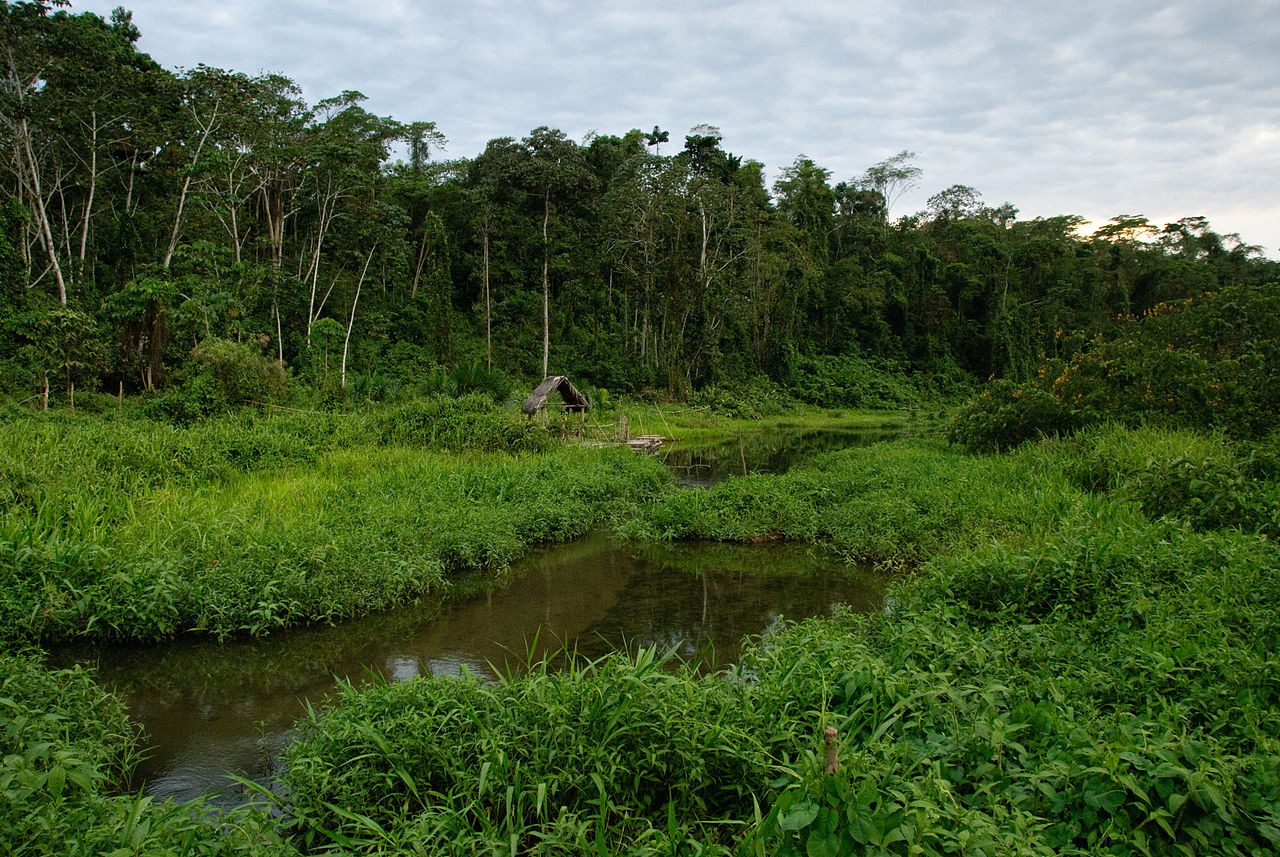 Corey Spruit, CC-BY-SA-2.0, Wikimedia Commons
Corey Spruit, CC-BY-SA-2.0, Wikimedia Commons
Matsé
The Matsés, also called the Mayoruna, are a native group from the Amazon regions of Peru and Brazil, with ancestral territories along the Javari and Galvez rivers. They protect their land from other groups, often facing challenges from illegal activities. Their language is Panoan, spoken by around 3,200 individuals. Like other isolated tribes in Brazil, Matsés communities rely on the rainforest for resources.
Moxihatetema
The Moxihatetema are a secluded indigenous group in southVenezuela that is part of the Yanomami community. Known for their expertise in the rainforest, they live a nomadic lifestyle focused on hunting, fishing, and horticulture. Their isolation helps preserve their cultural traditions and shields them from outside threats. Efforts by indigenous rights groups and the Venezuelan government aim to protect their land from illegal activities.
Piripkura
The Piripkura people live in their Indigenous Territory in Mato Grosso, Brazil. Only three survivors of this isolated group exist, as many were killed by loggers in the 1980s. The tribe used to have over 100 members and had similar technology to nearby tribes. Their population decline remains a mystery.
Sentinelese
The Sentinelese are a secluded group living on North Sentinel Island, the most isolated island on Earth. They avoid contact with outsiders and will attack those who approach them.
In 2004, a Sentinelese member was captured shooting arrows at a helicopter. In 2018, an American missionary, John Allen Chau, was fatally attacked by the tribe while trying to convert them to Christianity, risking exposing them to diseases they have no immunity to.
Suruwaha
The Suruwaha are a small tribe in the Amazon rainforest of Brazil. They have faced isolation and challenges due to illnesses and violent confrontations with outsiders in the past. They live in spacious cone-shaped houses in the tropical rainforests of the Amazonas state, relying on hunting, fishing, and their botanical expertise for sustenance. However, they face ongoing threats from evangelical missionaries who want to remove them from their community.
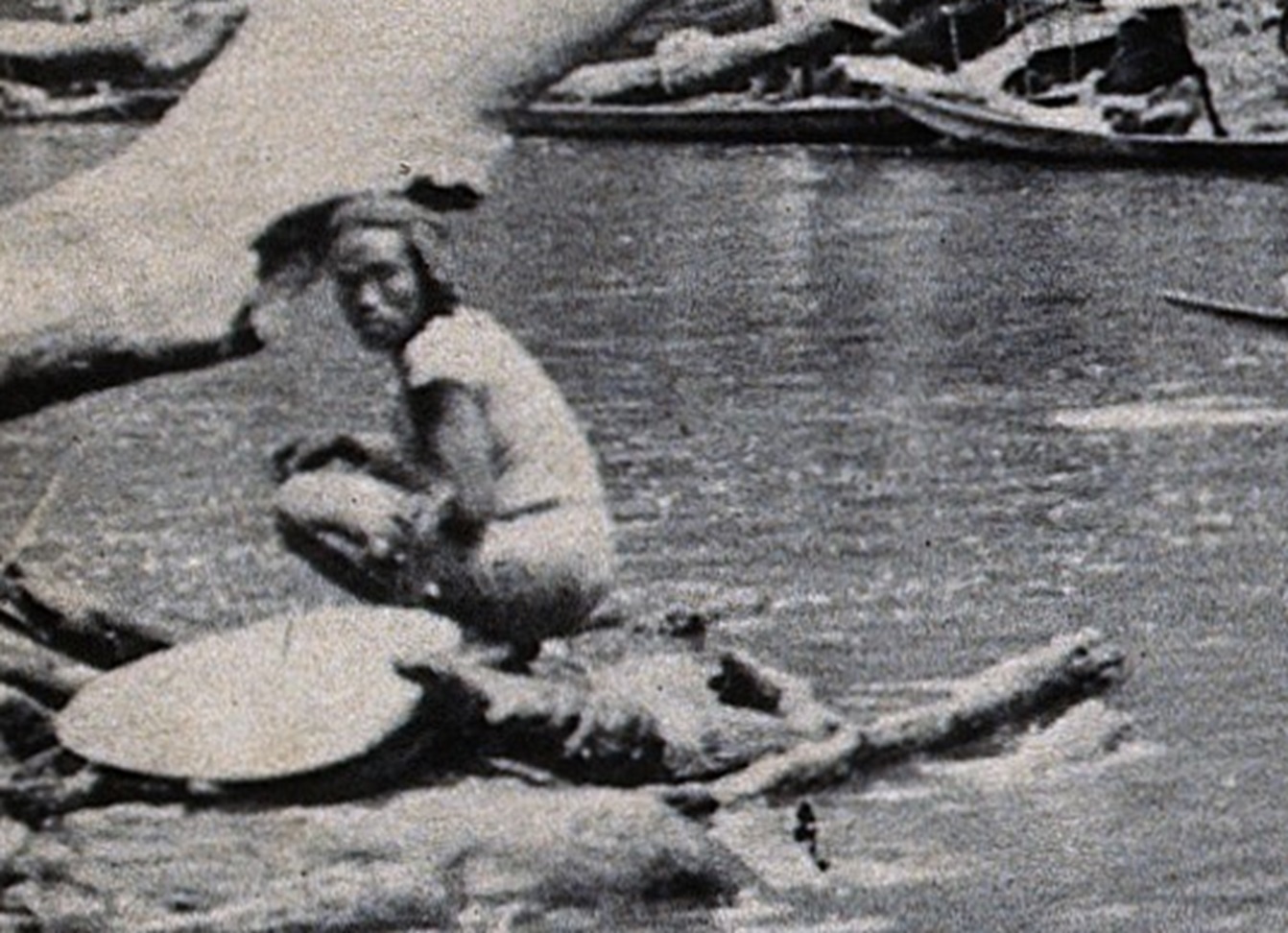 Wellcome Collection gallery, CC-BY-SA-4.0, Wikimedia Commons
Wellcome Collection gallery, CC-BY-SA-4.0, Wikimedia Commons
Tagaeri
Tagaeri, a subgroup of Huaraoni in Ecuador, consists of 1,500 members protecting 20,000 square kilometers of forested land. Despite others choosing ecotourism, they relocate deeper into the forest to avoid outsiders. Only one member, Tiwe, interacts with the outside world. They safeguard their territory from non-native beings.
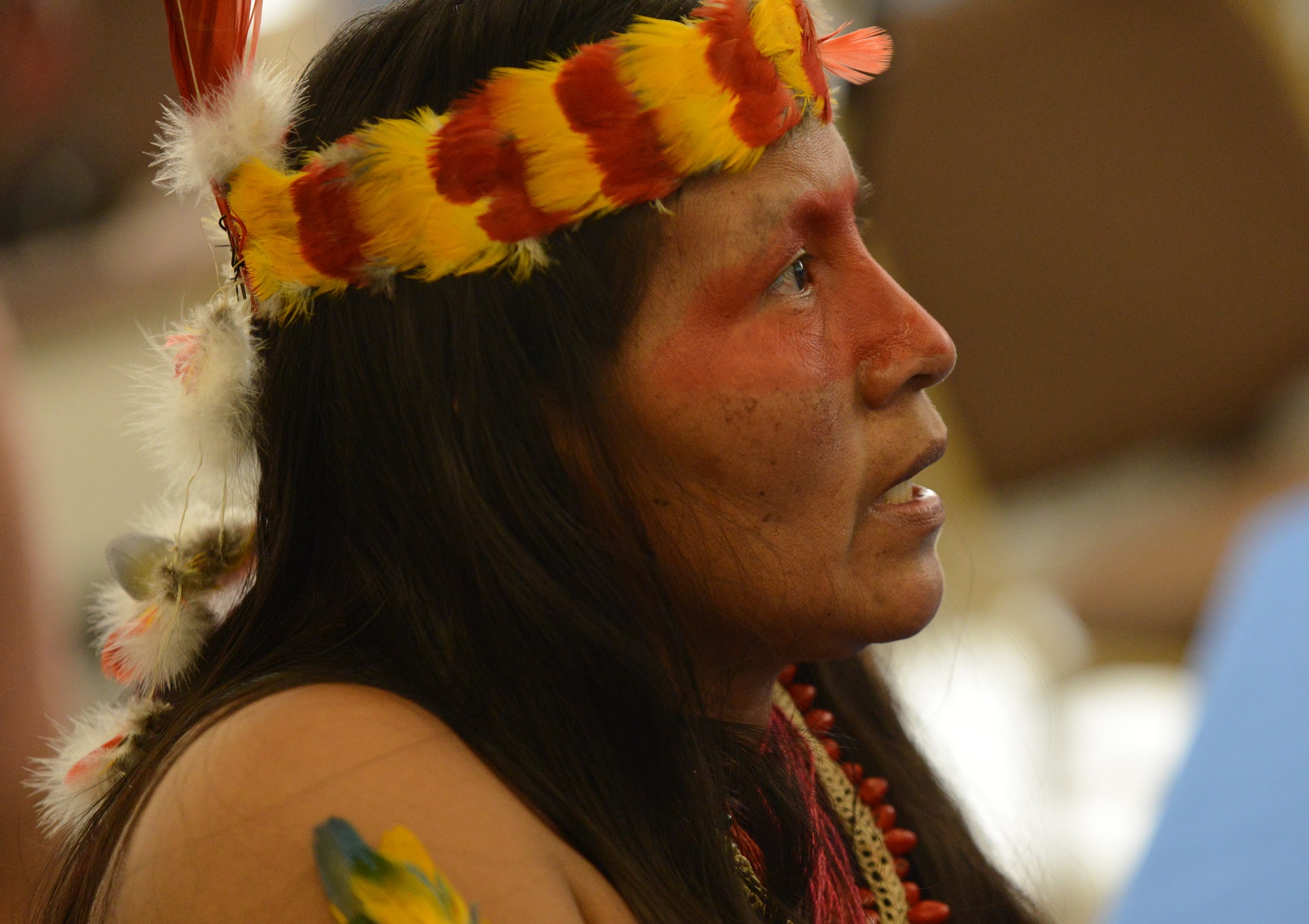 Comisión Interamericana de Derechos Humanos, Flickr
Comisión Interamericana de Derechos Humanos, Flickr
Taromenane
The Taromenane ilve in the same region as the Tagaeiri, within Yasuni National Park in Ecuador, and they are just as are isolated. There are an estimated 150-300 Taromenane and 20-30 Tagaeri living nomadically in the rainforest. The recent threat to their existence comes from oil developments and illegal logging in the park, with reports of violence against them by illegal loggers in 2008.
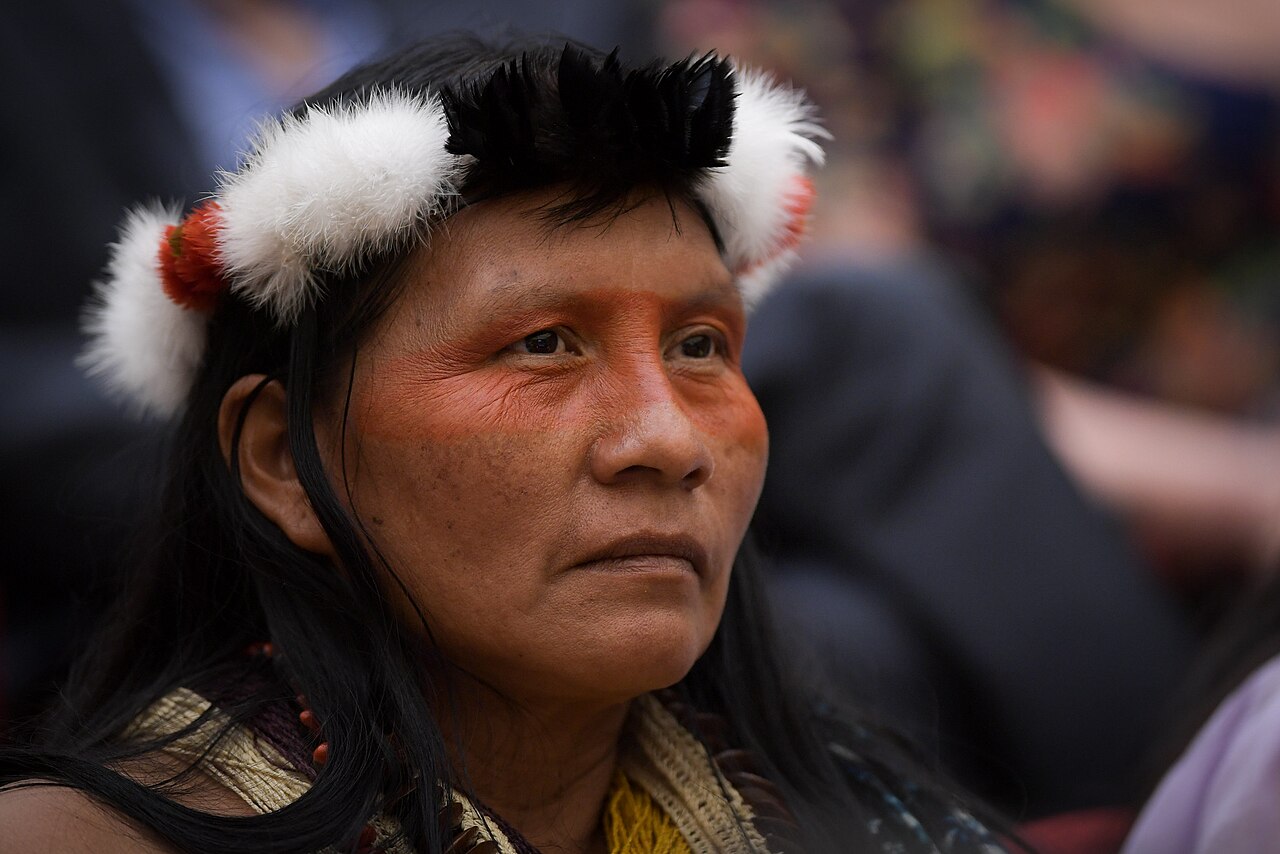 Superior Tribunal de Justiça, CC-BY-SA-2.0, Wikimedia Commons
Superior Tribunal de Justiça, CC-BY-SA-2.0, Wikimedia Commons
Uru-Eu-Wau-Wau
The Uru-Eu-Wau-Wau is a native tribe in Brazil's Rondônia region. They reside in six villages on the edges of the Uru-Eu-Uaw-Uaw Indigenous Territory, sharing the land with the Amondawa and Uru Pa In tribes. An encounter with outsiders in 1981 led to a massive population decline due to illnesses and attacks.
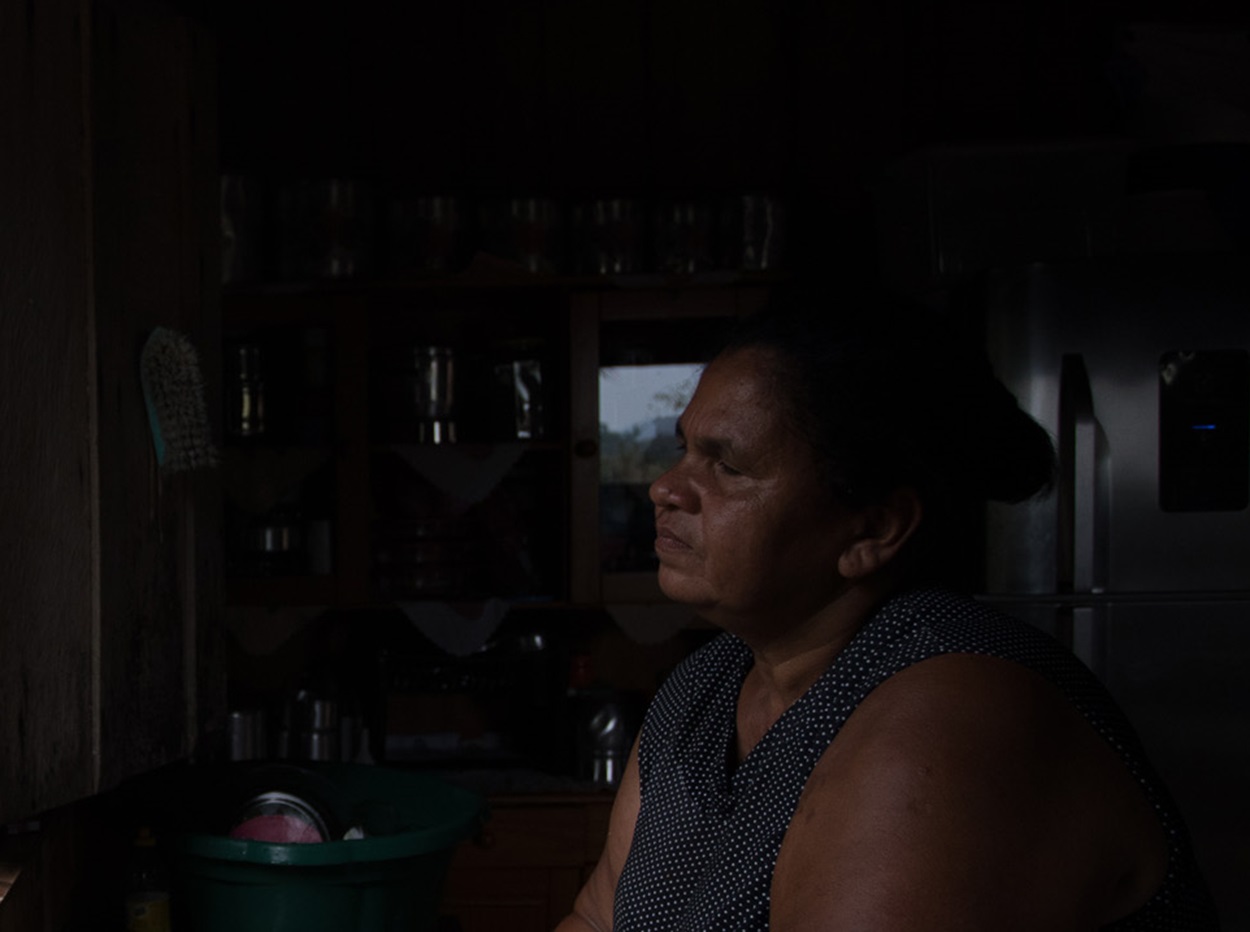 Amazônia Real, CC-BY-SA-2.0, Wikimedia Commons
Amazônia Real, CC-BY-SA-2.0, Wikimedia Commons
Zo'é
The Zo'é are a secluded community in the Amazon jungle of northern Brazil. They had their first significant interaction with outsiders in 1987 when missionaries from the New Tribes Mission arrived. The government recognized this and started enforcing controls to prevent disease spread.
They live in open rectangular thatched dwellings, value Brazil nuts for food and crafts, and cultivate various fruits and vegetables. Polygamy is practiced, and everyone is considered equal in their society.


